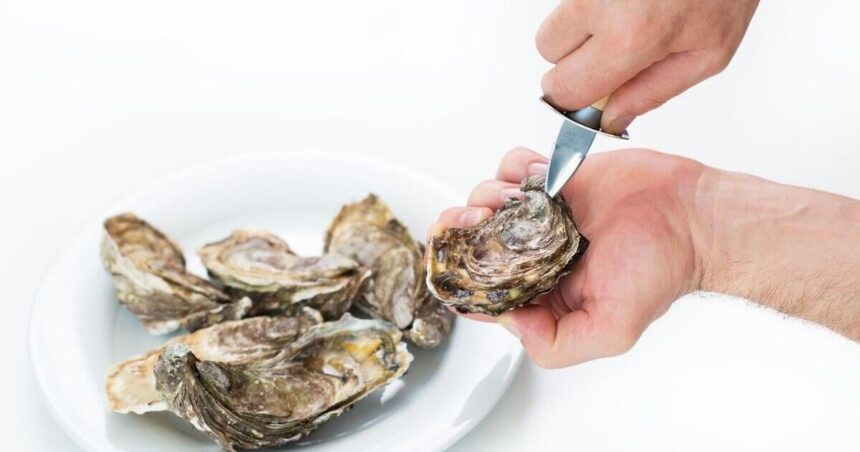TUESDAY, June 11, 2024 (HealthDay News) — Seafood lovers should avoid shellfish from Oregon and Washington state due to potential contamination with a paralyzing toxin, the U.S. Food and Drug Administration cautioned.
In an advisory, the FDA advised consumers to stay away from oysters and bay clams harvested from Netarts and Tillamook bays in northern Oregon since May 28, as well as shellfish harvested from areas around Willapa Bay in southern Washington since May 26.
These shellfish were also distributed to several states, including Arizona, California, Colorado, Hawaii, Nevada, and New York, prompting the FDA to warn restaurants and retailers in those areas not to serve the shellfish due to the risk of paralytic shellfish poisoning (PSP).
The agency emphasized, “Food containing PSPs may look, smell, and taste normal. These toxins cannot be removed by cooking or freezing. Consumers who experience symptoms of illness should contact their healthcare provider and report their symptoms to their local Health Department.”
Elevated toxin levels were initially detected in shellfish on the Oregon coast in mid-May, according to state health officials in a public advisory.
Since then, the outbreak has affected at least 20 people in Oregon, prompting the closure of the state’s entire coastline to the harvesting of mussels, razor clams, and bay clams. Agriculture officials have closed three bays to commercial oyster harvesting.
Neighboring Washington state has also closed its Pacific coastline to shellfish harvesting, including mussels, clams, scallops, and oysters.
PSP is caused by saxitoxin, a neurotoxin produced by algae. Saxitoxin can damage nerve tissue, as noted by the U.S. Centers for Disease Control and Prevention.
The FDA warned that individuals who consume contaminated shellfish typically experience symptoms within 30 minutes, such as numbness of the mouth and lips, vomiting, diarrhea, shortness of breath, and irregular heartbeat in severe cases. Treatment for severe cases may require mechanical ventilators for breathing assistance, with asphyxiation being a common cause of death.
For those who survive 24 hours, with or without respiratory support, the prognosis is usually good, with no lasting side effects, the FDA added.
The surge in PSP levels in shellfish is attributed to a “very large” algae bloom along Oregon’s coast, causing shellfish to ingest contaminated algae, explained Matthew Hunter, shellfish program manager for the Oregon Department of Fish and Wildlife, during a media briefing reported by CBS News.
Oregon officials indicated that it may take weeks, months, or up to a year for toxin levels to decrease, depending on the type of shellfish, as mentioned by the FDA.
According to Hunter, such high PSP levels have not been seen in Oregon for decades, recalling a shellfish harvesting closure in 1992.
More information
The National Library of Medicine provides more information on shellfish poisoning.
SOURCE: U.S. Food and Drug Administration, health advisory, June 10, 2024; CBS News
What This Means For You
The FDA has warned consumers not to consume shellfish harvested in Oregon and Washington state following an outbreak of paralytic shellfish poisoning in the region.





